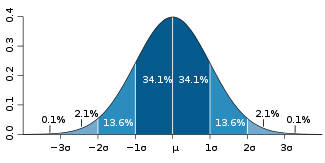
Here’s a scenario: You are Project Manager on a new and important project. You have a 6-person team. You’re writing the planning documents, and J Doe, one of the key members of the team, leaves. Abruptly. Why J. quit doesn’t really matter. Maybe he or she inherited some money and decided to split for Tahiti. Maybe J simply decided to follow other dreams – which don’t involve your project. He or she gave two week’s notice and put in a good 6-hour day for Monday thru Thursday, of the first week…. and checked out.
But you, an “Alpha Project Manager,” are undaunted. You take a deep breath, call, email, or see the sponsor (physically or virtually) and say, “J Doe quit, effective a week from Friday. This role is critical. We – that is I – need to find a replacement.”
Continue reading
